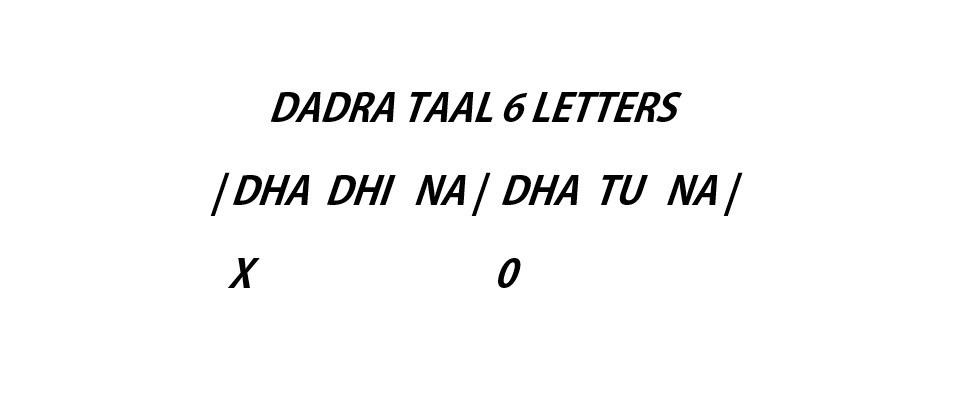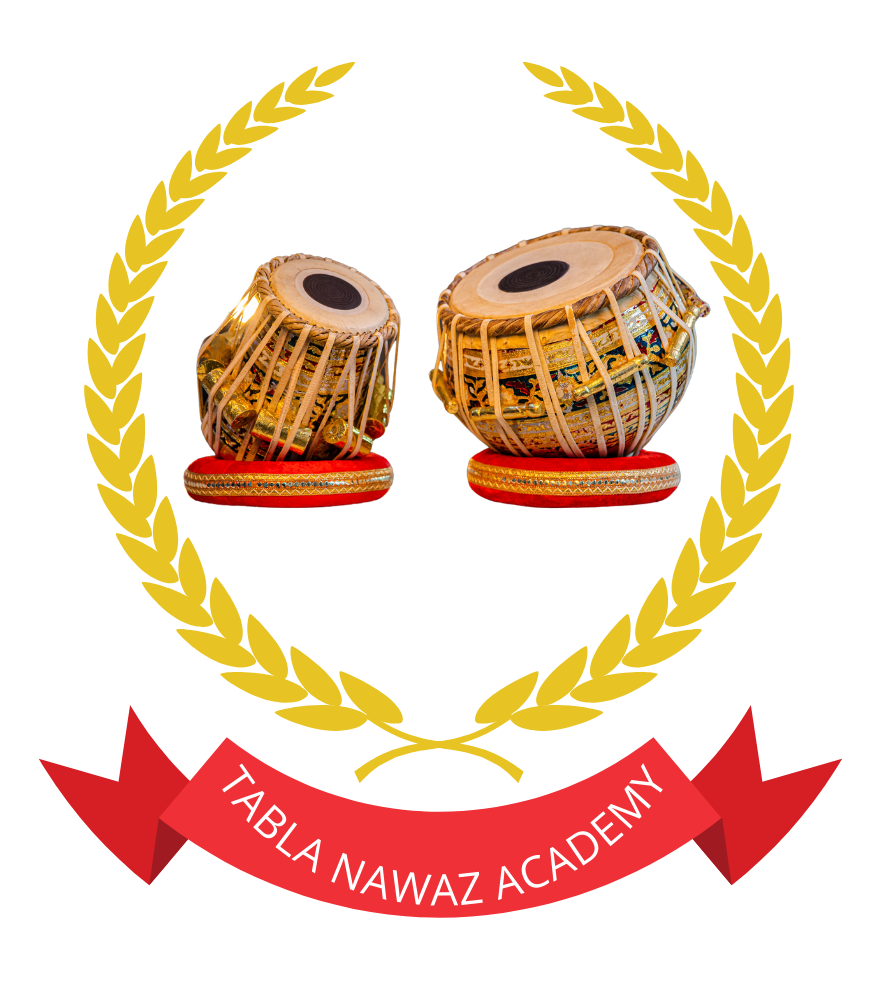“Dadra Taal tabla tutorial” Theka#Taali#Khaali Dadra Taal is a rhythmic cycle used in Indian classical music, particularly in the Hindustani tradition. It consists of six beats and is divided into two equal parts: the first part comprises three beats (or matras), while the second part also comprises three beats. The pattern is usually represented as follows: 1 2 3, 1 2 3. Dadra Taal is commonly used in semi-classical forms such as Thumri, Dadra, and Bhajan, and it provides a versatile framework for rhythmic improvisation and expression.
Interdusing-“Dadra Taal tabla tutorial” 1Taali and 1 khaali-Taali on (1) and khaali on (3)

https://www.facebook.com/sbsinghtablaguru/
Exploring Dadra Taal: The Heartbeat of Light Classical Indian Music 🎵
Introduction
Ever found yourself swaying to a soulful Bhajan or a mesmerizing Ghazal, feeling an unseen rhythm guiding your emotions? Chances are, you were moved by the gentle yet profound beat of Dadra Taal, one of the most beloved rhythmic cycles in Indian classical and semi-classical music. In this blog, we’ll dive deep into the essence of Dadra Taal, its structure, usage, and how it enriches music with its simplicity and charm.
Historical Context: The Origins of Dadra Taal
Dadra Taal derives its name from Dadra, a genre of semi-classical music from Northern India. This taal became closely associated with light classical music forms like Thumri, Tappa, and Kajri, flourishing in the royal courts of Lucknow and Varanasi. Its approachable 6-beat structure made it a favorite among musicians for both serious and playful compositions.
A lesser-known fact? Dadra Taal’s versatility allowed it to seep into Bollywood soundtracks, blending seamlessly with the narrative depth of Indian cinema.
Understanding the Structure of Dadra Taal
Dadra Taal consists of 6 beats arranged in two equal divisions (vibhags) of 3 beats each. Its basic rhythmic cycle, known as theka, serves as the backbone for accompanying various musical forms.
Dadra Taal Theka:
Here’s how it’s played:
- Bols: Dha Dhi Na | Dha Tu Na
- Matra Count: 1 2 3 | 4 5 6
Notice the steady alternation of syllables, creating a gentle yet dynamic rhythm.
Rhythmic Patterns in Dadra Taal
Variations and Improvisation
While the basic theka remains constant, tabla players often embellish it with fill-ins and improvisations, especially during performances. These variations can include intricate patterns like:
- Dha Dhi Na Ge Na | Dha Tu Na Ge Na
- Subtle dynamics to enhance emotional storytelling in semi-classical songs.
Demonstration
Here’s an audio sample of Dadra Taal played on the tabla. Notice how its flow beautifully complements light classical music. (Embed link or player for audio.)
Famous Songs and Performances in Dadra Taal
Dadra Taal has been a cornerstone of Indian music. Here are a few iconic songs that showcase its charm:
- “Babul Mora Naihar Chhooto Hi Jaye”
- Sung by: K.L. Saigal
- Usage: A semi-classical gem, Dadra Taal enhances its poignant mood.
- “Madhuban Mein Radhika Nache Re”
- Film: Kohinoor (1960)
- Description: The 6-beat cycle adds playfulness to the melody.
- “Lag Jaa Gale”
- Film: Woh Kaun Thi (1964)
- Usage: The soft rhythm of Dadra Taal complements the song’s emotional intensity.
Cultural Impact: Why Dadra Taal Resonates
The simplicity of Dadra Taal has made it a bridge between classical traditions and modern music. Its adaptability allows it to fit seamlessly into devotional music, folk traditions, and even contemporary compositions. Around the globe, tabla players use Dadra Taal as an introductory taal to teach rhythm, making it a vital tool in spreading Indian music worldwide.
Interactive Elements: Test Your Rhythm Knowledge!
Quiz:
Q: How many beats are in Dadra Taal?
- a) 8
- b) 6
- c) 16
- d) 10
(Answer: b) 6
Poll:
What’s your favorite genre where Dadra Taal is used?
- Bhajan
- Ghazal
- Bollywood Song
- Folk
Learn Dadra Taal
If you’re inspired to explore Dadra Taal further, here are some resources:
Conclusion
Dadra Taal might be simple in structure, but its impact on Indian music is profound. From devotional songs to Bollywood classics, it continues to capture hearts with its rhythmic grace. Whether you’re a musician, a music lover, or a curious learner, exploring Dadra Taal is like stepping into the soul of Indian rhythm. So, next time you hear those 6-beat cycles, let yourself be carried away by its timeless magic.

